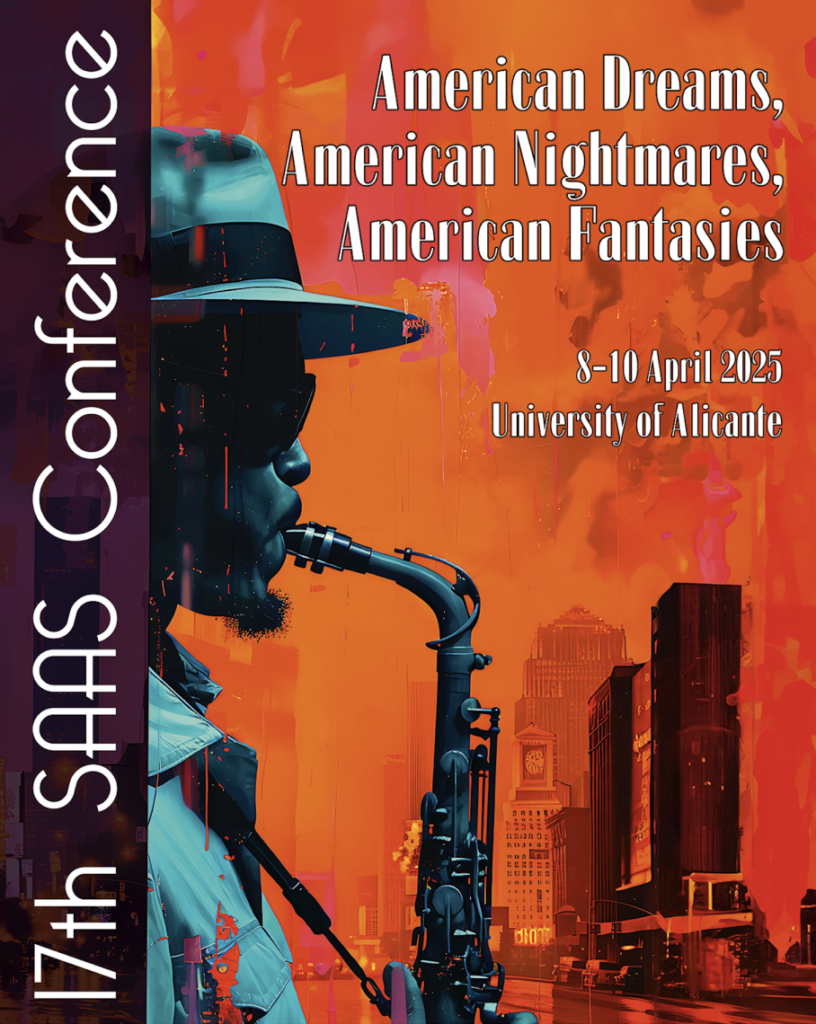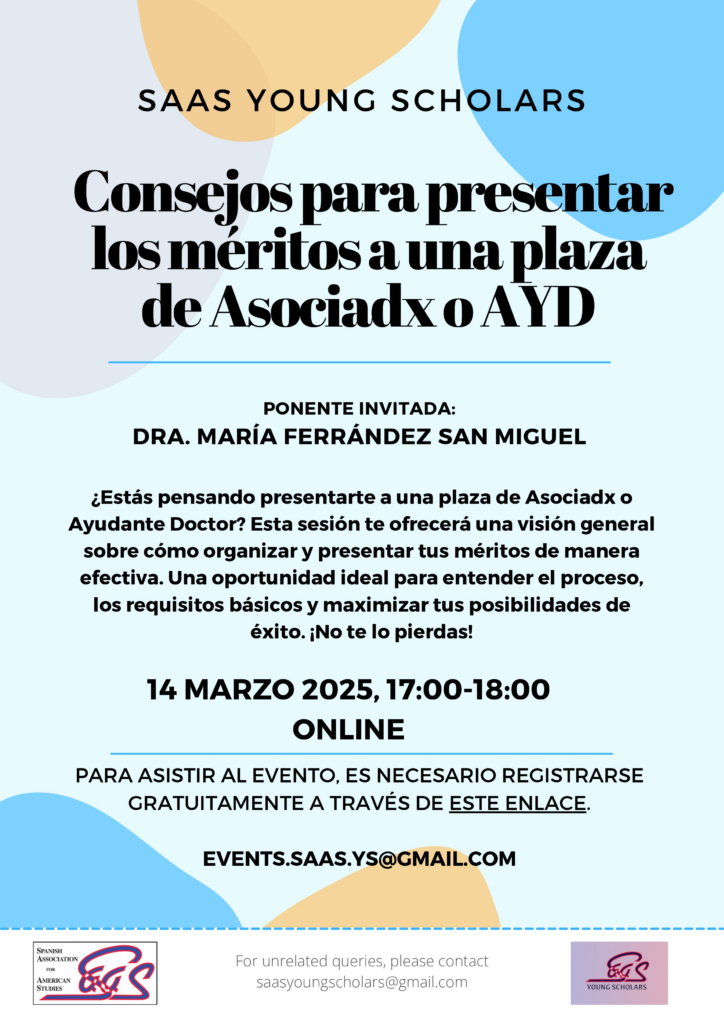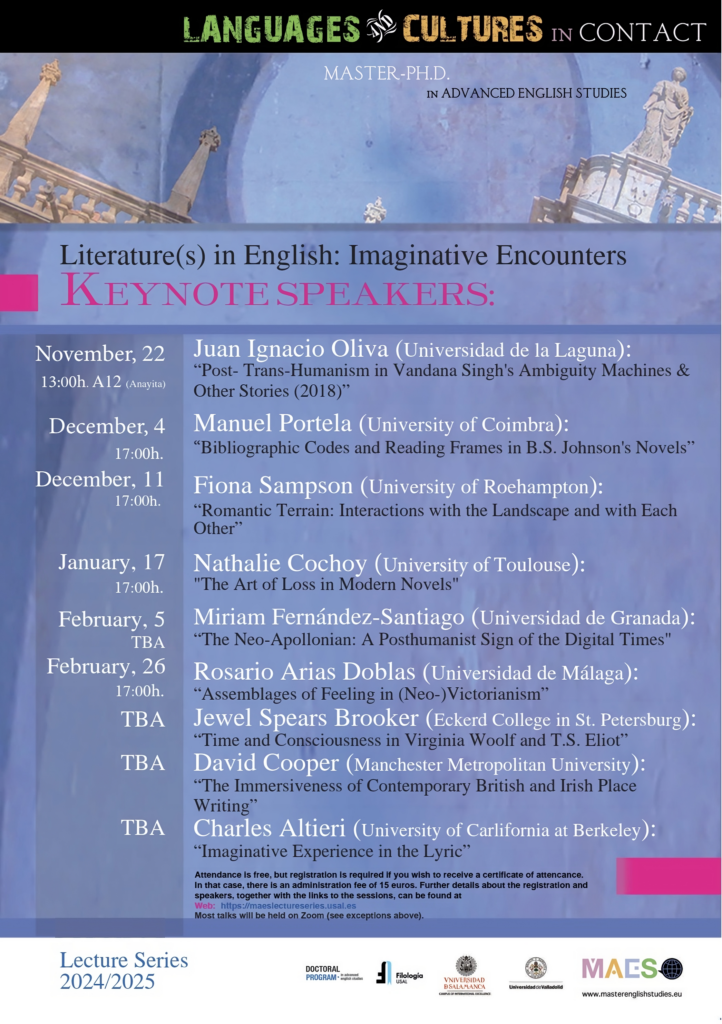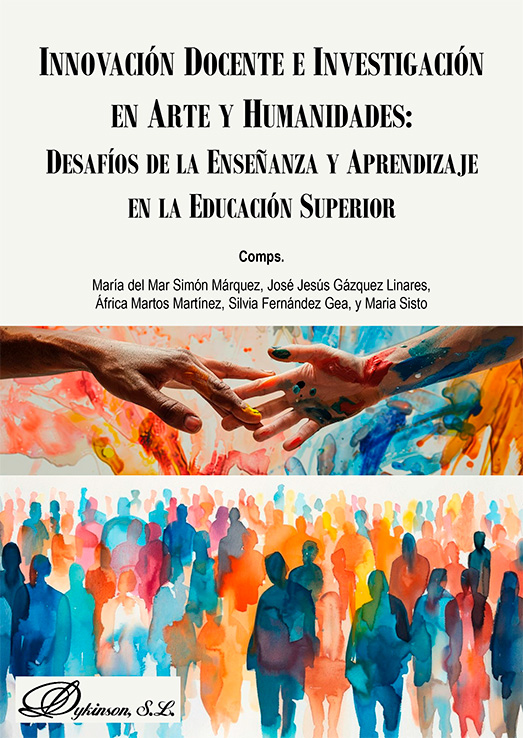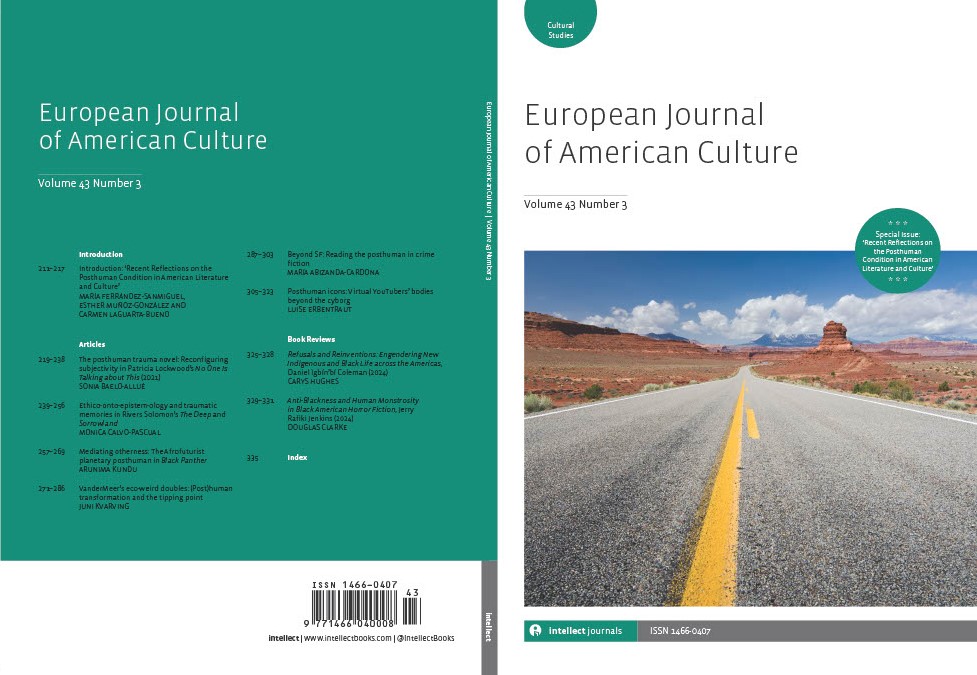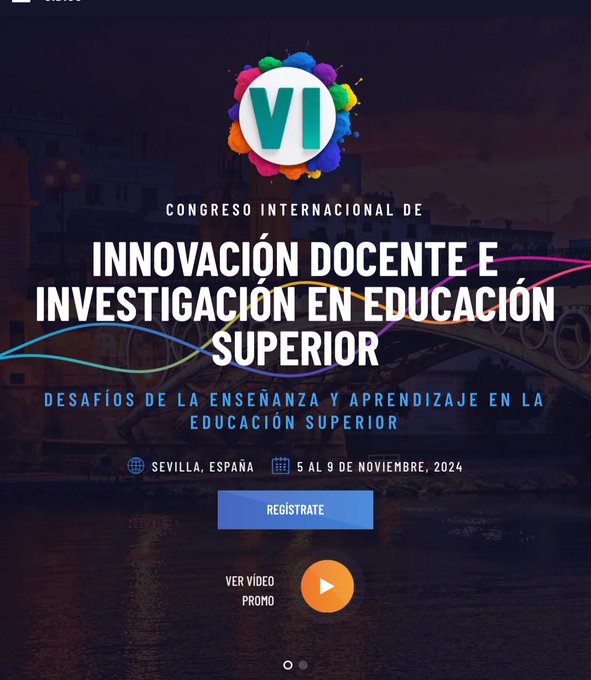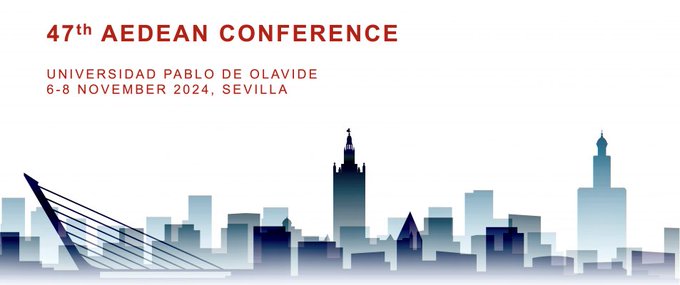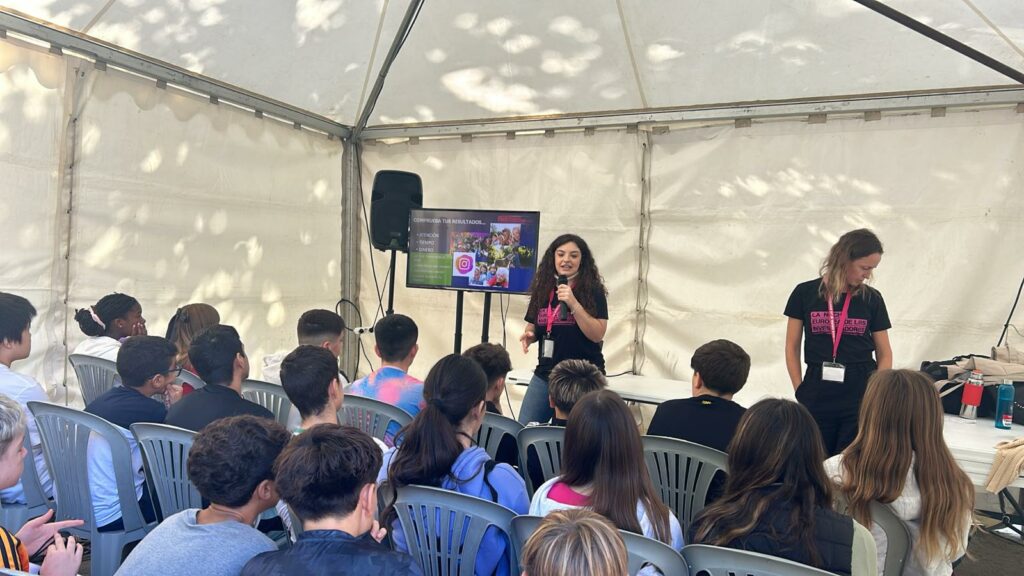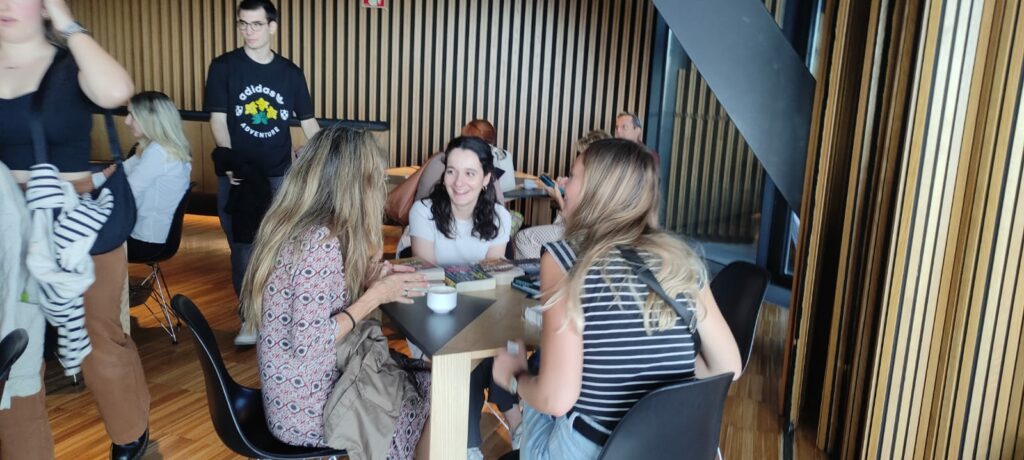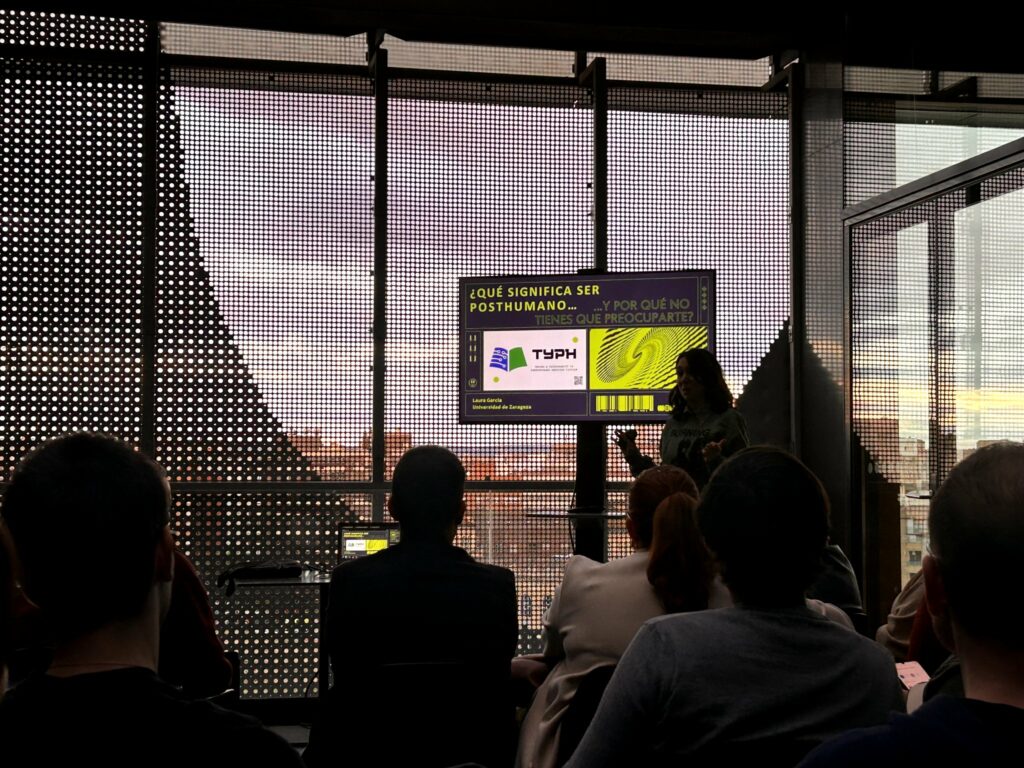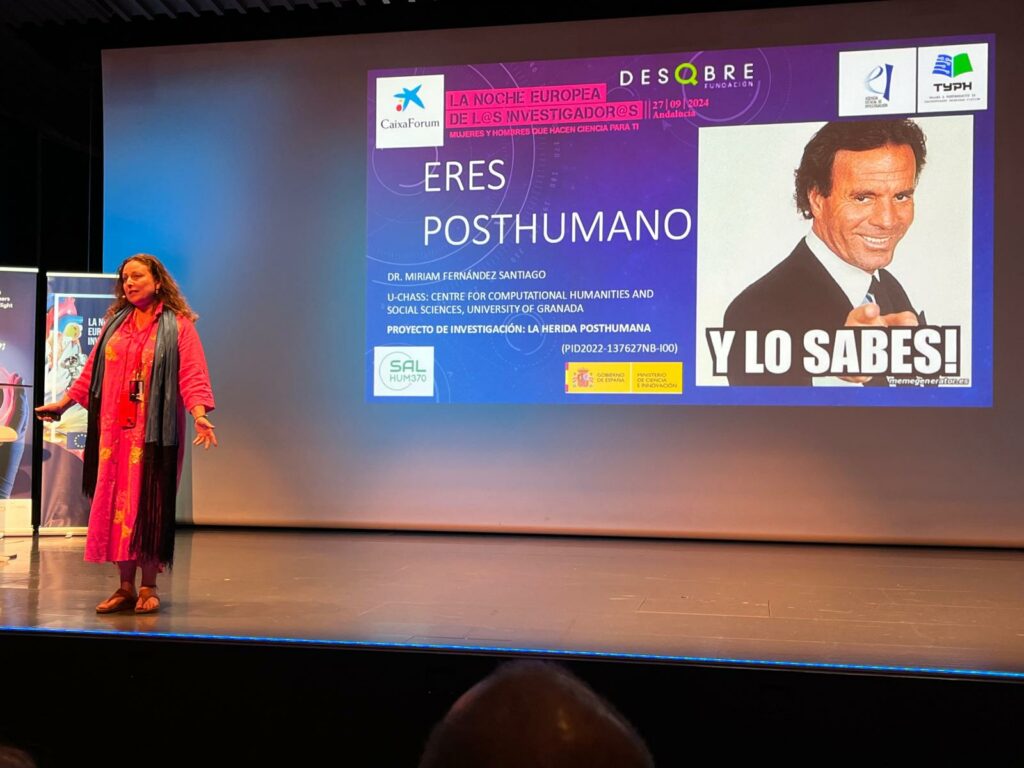We are delighted to announce the publication of The Posthuman Condition in 21st Century Literature and Culture: Interdisciplinary Insights (Palgrave Macmillan, 2025), which our team members María Ferrández-Sanmiguel, Esther Muñoz-González, Carmen Laguarta-Bueno have co-edited.
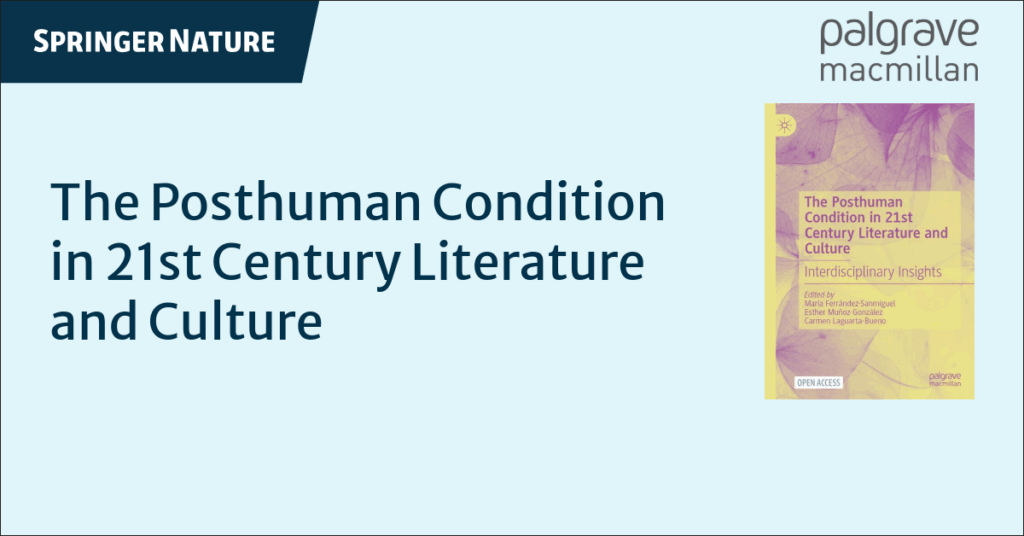
The full volume can be accessed here:
https://link.springer.com/book/10.1007/978-3-031-83701-2
Some of the chapters are available open access.
Table of Contents:
- Recent Cross-Disciplinary Approaches to the Posthuman: An Introduction
By María Ferrández-Sanmiguel, Esther Muñoz-González and Carmen Laguarta-Bueno - “We Are the Borg. Resistance Is Futile”: Reflections, Numbness, and Transhumanism in the Star Trek Universe
By Francisco Collado-Rodríguez - Posthuman Cognitive Ecologies and AI Moral Agency in Ann Leckie’s Ancillary Justice
By Ruxandra Teodorescu - “A Better Future Is in Your Hands”: Transhumanism and Feminism in The Power (TV Series 2023)
By Rocío Carrasco-Carrasco - Indenture Rights for All: Challenging the Human Status Quo in Annalee Newitz’s Autonomous
By Laura Larrodera-Arcega - “World Without End”: A Reading of Sarah Hall’s The Carhullan Army as an Eco-Feminist Postapocalyptic Dystopia
By Susana Onega - Outfacing the “In” Face: The Posthuman Wound and the Defacing of Relationality in Joma West’s Face
By Ana Chapman - Beyond the Human/Nonhuman Binary: Fluid Borders in A.S. Byatt’s Onto-Tales
By María Jesús Martínez-Alfaro - Reassembling Skins and Bones: Indigeneity and Posthumanism in Linda Hogan’s Solar Storms
By Giulia Magro - Beyond the Anthropocentric Gaze: The Nonhuman Animal as Object/Subject of Vision in Cinema
By Luca Lunardi and Fabiano D’Este - Humanism as Prosthesis: Science Fiction as Ceremony
By Sherryl Vint - Phenomenalogy and the Neo-Apollonian: New Critical Proposal and Aesthetic Trends for the Posthuman
By Miriam Fernández-Santiago - Posthumanism and Grace: Pre-texts for an Improbable Relation
By Ivan Callus
We invite you to explore these thought-provoking contributions and hope they inspire meaningful discussions and further research.

